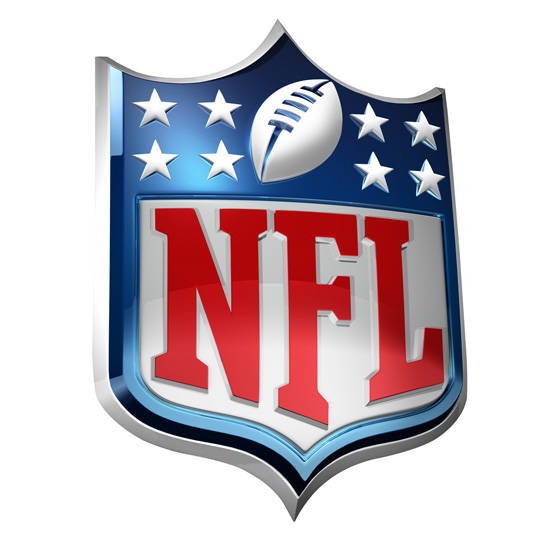In a sport where every player needs to be accounted for and be held accountable on every play, football, is one in which no individual player is more important than the some of the parts that make up the team.
In the NFL this I no truer than the clichés “Any Given Sunday” or “Defense Wins Championships.” When constructing a football team, a general manager and his fellow front office executives must evaluate the type of players they desire their team to be made of and asses how their abilities will translate to success on the field.
It was believed that rosters should be comprised of the biggest, strongest and fastest players that posses the greatest athletic ability. However, over the past two decades more attention has been devoted by scouts and decision makers have been more inclined to put more stock into the intangibles that can’t necessarily be measured by measuring tape and weight scales.
The utilization of analytics in sports such as baseball have led to the evolution of the game itself and some NFL teams are beginning to adopt these philosophies and practices to help them construct the best rosters possible.
With the development of “Next Generation” statistics there are now new ways in which data that can collected that can calculate a receiver’s drop rate on difficult catches opposed routine catches, a defender’s closing speed when trailing a target as well as closing speed to a ball call carrier. They can also find out a player’s top speed and rate of acceleration as well as the amount of force a player delivers when they make contact with another player whether its in the trenches or in the open field.
There are also analytics that can impact coaching in terms of a play calls success in particular down and distance situations and even conversion probability rates on third and forth down in relation to field position and the yards needed to pick up the first down and move the chains.
In the evaluation process of potential players that are making the transition from college to the pros, among other scenarios, teams are starting to value analytics more and more as way to predict potential contributions the player could make if given the opportunity.
This data that is being collected can even measure a quarterback release time, throwing motion, arm strength and several other factors that is ordinarily can not be picked up by the naked human eye. These practices are beneficial to all players of any shape or size because it can help teams differentiate between the real football players and the gym rates or combine standouts that rely more on their physical ability more than their mental fortitude and aptitude.







